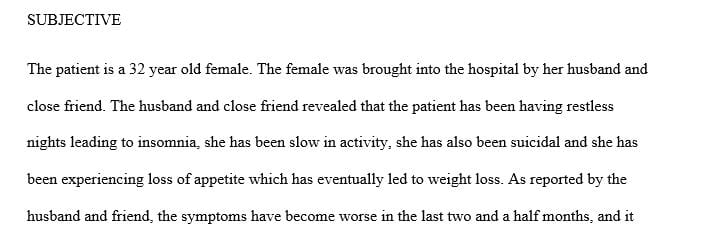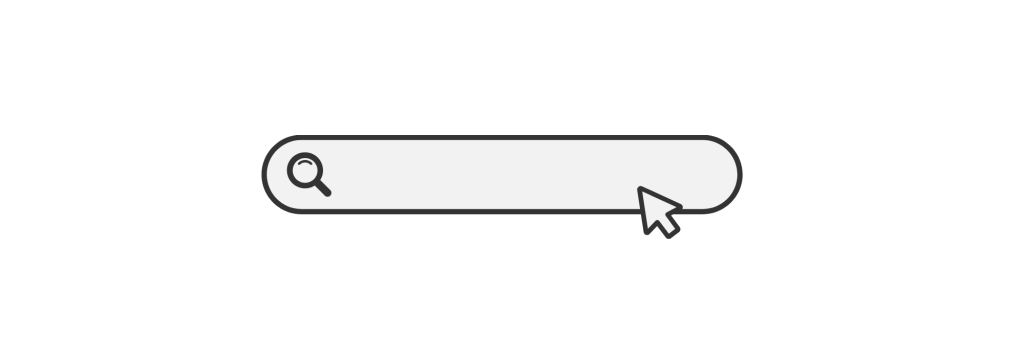How to handle my triggers and to stop smoking marijuana.
For each case write a S.O.A.P. Note (format on each client on the info provided below)
Case#1 Mr. Kenneth
SUD goal – “How to handle my triggers and to stop smoking marijuana.”
Narrative must include a summary of the clinical services provided to the client during the week.
Provider support & interventions: Enter support and/or treatment intervention services delivered to the client.
Support/treatment intervention services to compliment the client’s treatment goals/objectives as listed on his Treatment Plan. Client participated in two clinical group sessions that included triggers and understanding the stages of addiction.
Specify which of the two recommended Evidence Based Treatment Interventions were used: Motivational Interviewing (MI) and Relapse Prevention.
Intervention to address client level of participating/stage of change.
Description of client’s specific progress on treatment plan problems, goals, action steps, objectives, and/or referrals: Enter information regarding client’s progress.
Client listed 10 ten triggers and the action he will need to avoid smoking marijuana.
Client continues to show progress in group by participating doing assigned homework.
Client wants to participate in the exercise program.
Overall client appears calm and alert in group sessions. “I’ve learned how to manage my emotions by understanding what causes the emotion.” Client is has shown improvement from previous weeks in group and client is interacting with others in the group has improved.
(P) This is client’s first week with new counselor. Client is scheduled to complete his program next week. Counselor and client will have 1-on-1 counseling until his discharge on 17NOV19. Counselor and client talked about sober living homes and outpatient treatment program. “My mother will allow me to stay at home and I plan to attend NA meeting three times a week.” In the meantime, I will continue participating group sessions until discharge.
Case#2 Mr. Kevin
SUD goal – “I want to learn how to control my anger and stop using drugs.”
(S) Client participated in four clinical group sessions that included identifying my emotions, triggers, and anger management.
The two Evidence Base Treatment Interventions were used: Motivational Interviewing, and Cognitive Behavior Therapy.
Intervention to address client level of participation /stage of change.
(O) Description of client’s specific progress on treatment plan problems, goals, action steps, objectives, and/or referrals: Enter information regarding client’s progress.
“How to not let somebody’s problem becomes my problem.”
“Help someone with their problem/your opinion can be useful.”
“Communicating with others outside my comfort zone.”
(A)Overall client is doing well in treatment program. Counselor provided a clear set of recovery guidelines to client in 1-on-1 counseling session. It gives the client a controlled platform for the release of their emotions. At the same time, it aims to achieve constructive responses, rather than destructive ones. Client in group sessions examine what triggers his anger. “I was able to become aware of my emotions at each level of arousal.” “I’ve learned how to use those signs as a map to control my anger. In group session, the client gain insight into how his body responds to past and future events. He did this by identifying the emotional reaction to a certain circumstance.
(P)This is client’s first week with new counselor. Although the client has shown improvement with controlling anger; Client wants to continue working toward controlling his anger through anger management group sessions, and stressor sessions. In addition, the client would like to work towards improving his communication skills and learn how to be a mentor to others that have the same issues.
Case#3 Mr. Shane
SUD goal- “I want to stop using drugs and work on my recovery plan.”
(S) Client participated in two clinical group sessions that included identifying my emotions, and triggers.
The two Evidence Base Treatment Interventions were used: Motivational Interviewing, and Cognitive Behavior Therapy.
Intervention to address client level of participation /stage of change.
(O) Description of client’s specific progress on treatment plan problems, goals, action steps, objectives, and/or referrals: Enter information regarding client’s progress.
“Goal setting.”
“Cognitive shift.”
“Root of my addiction.”
(A)Overall client is doing well in treatment program. Client UA has been positive thus far. In group session, the client gain insight into how his body responds to past and future events. “I’ve learned how to develop ways to cope with my drug cravings, and I’ve learned different strategies on how toto avoid drugs and prevent relapse. He did this by identifying the emotional reaction to a certain circumstance.
(P)This is client’s first week with new counselor. Although the client has shown improvement in coping skills; Client wants to continue working toward stressors in his life, finding a strong support group, and finding a job. In addition, the client would like to work towards finding a sober living home, a job, and his communication skills. Client needs to schedule a dental appointment and get results from his physical examination.
Answer preview to how to handle my triggers and to stop smoking marijuana.
APA
472 words



